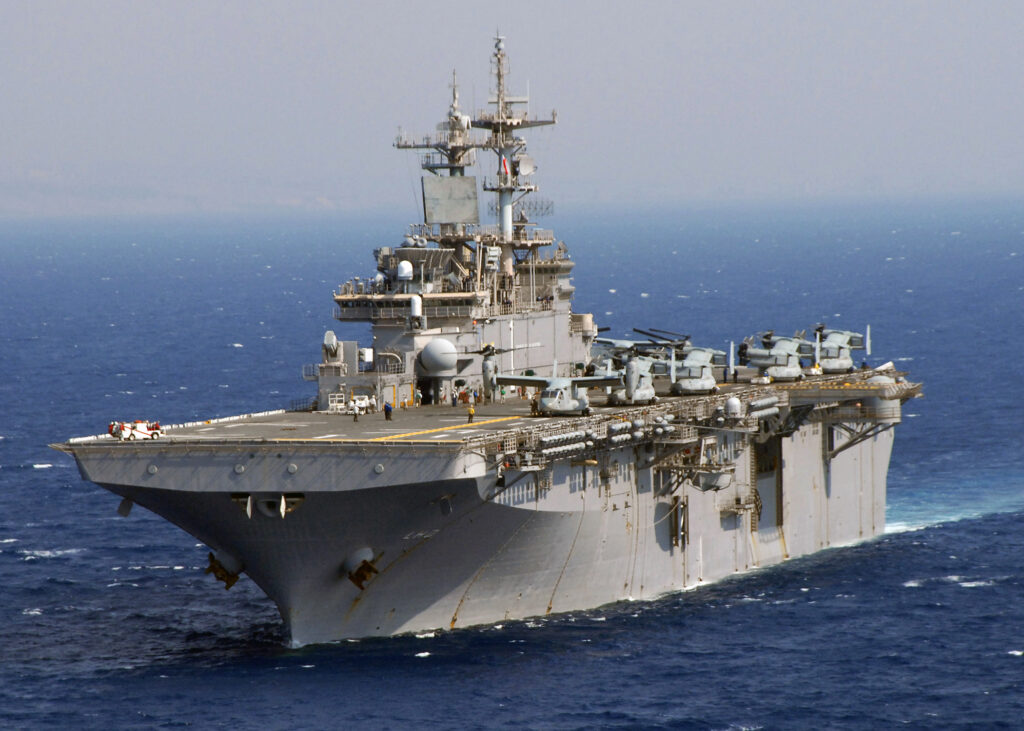A Government Accountability Office (GAO) report has revealed that at least half of the US Navy’s amphibious warfare fleet is in poor condition, compromising its readiness for deployment.
The service operates seven amphibious multi-purpose ships, of which five are considered “in poor material condition.” Additionally, nine of its 10 dock landing ships and two of its 13 amphibious transport docks are in similar condition.
Meanwhile, the navy’s two amphibious assault ships are both reported to be in “satisfactory material condition,” according to the GAO.
One major factor contributing to this condition is the cancellation of critical maintenance for some vessels, as the service considered early retirement for them.
The navy also faced challenges related to spare parts and the reliability of components installed on the ships.
“The Navy is still relying on these ships – which haven’t been well-maintained – while it waits for new ones to be built. As a result, it will be hard to continue meeting the 31-ship requirement,” the report stated.
Costly Consequence
The report warns that the US Navy may struggle to meet its required amphibious fleet size of at least 31 ships due to their current condition.
In response, the service is considering extending the service life of some ships to support future deployments.
However, extending the life of every ship could cost around $1 billion, as some will need to remain operational for another three decades.
If the “poor condition” status persists, the US Marine Corps is likely to be most affected, as it relies on these ships for various missions, including amphibious assault, training, and humanitarian response.
Recommendations
The GAO recommends that the Department of the Navy reconsider its decision to cancel critical maintenance for the amphibious warfare fleet.
It stated that ships nearing the end of their expected service life can still be maintained unless a divestment waiver has been finalized.
Additionally, the GAO suggests implementing proper metrics to define amphibious ship availability and performance goals.



